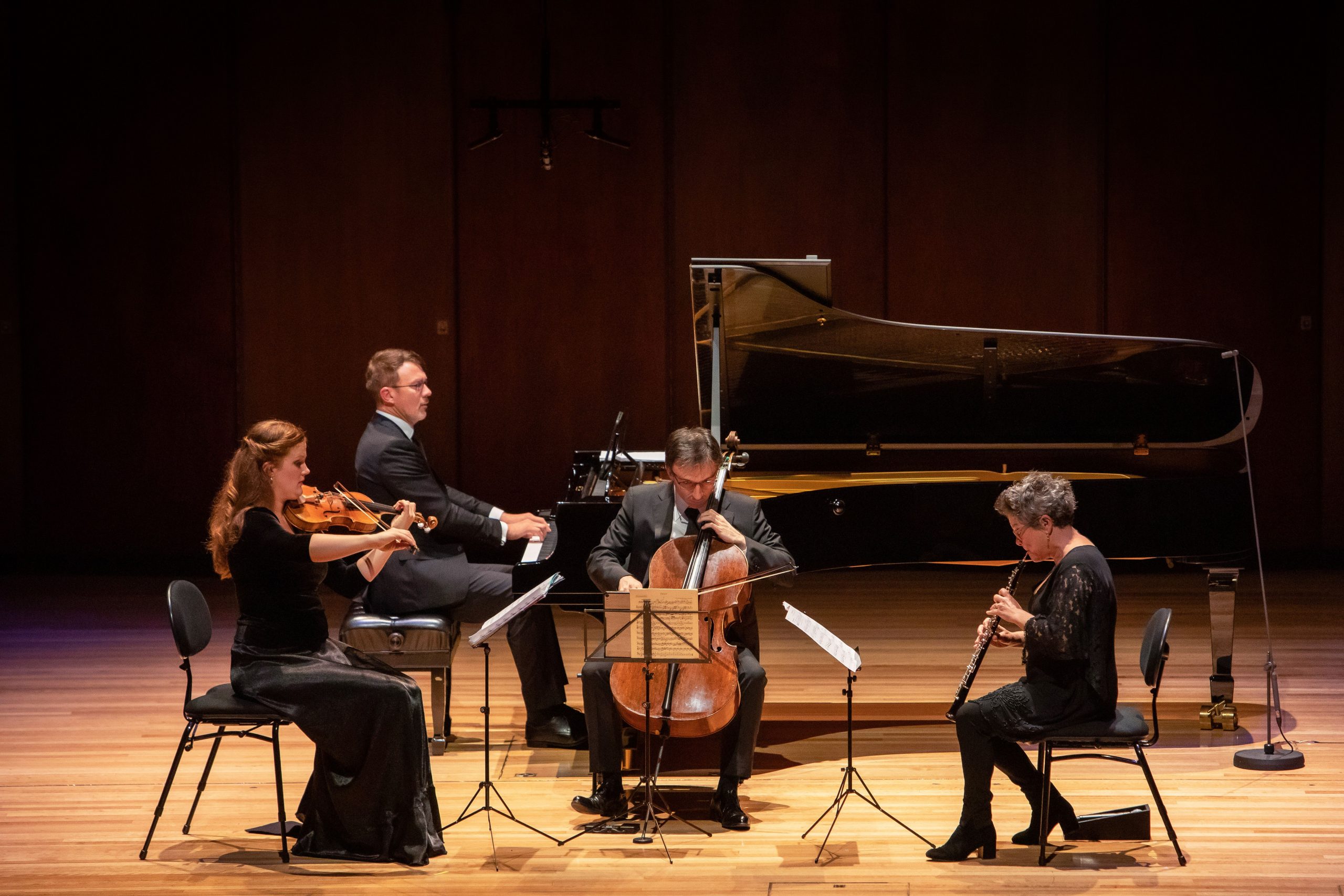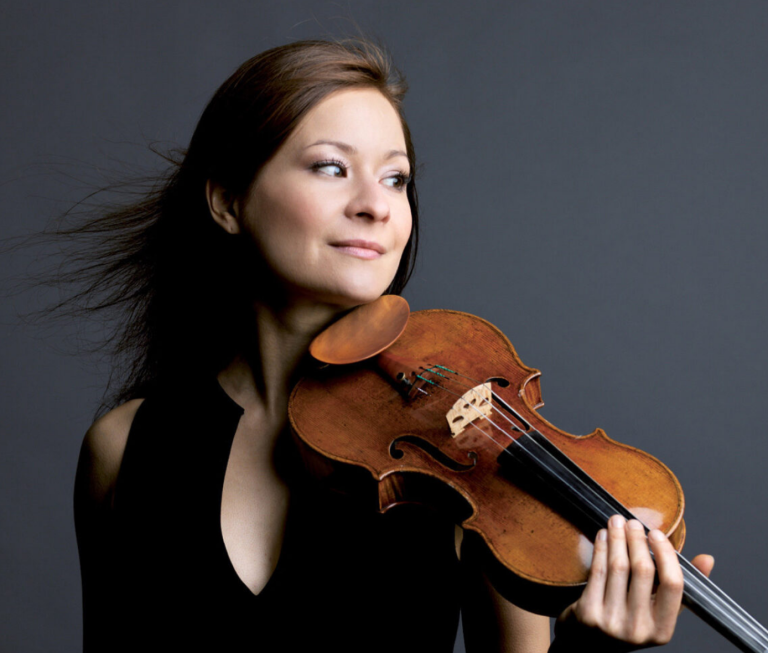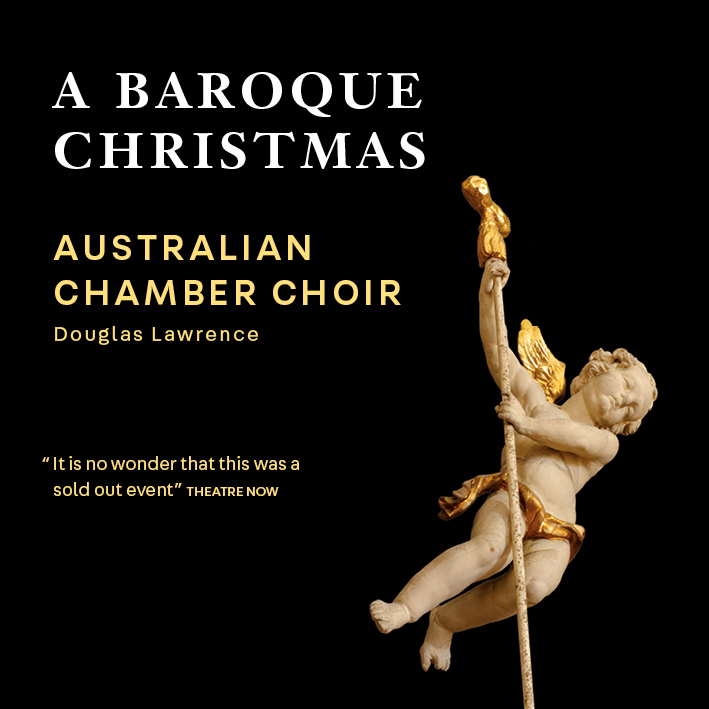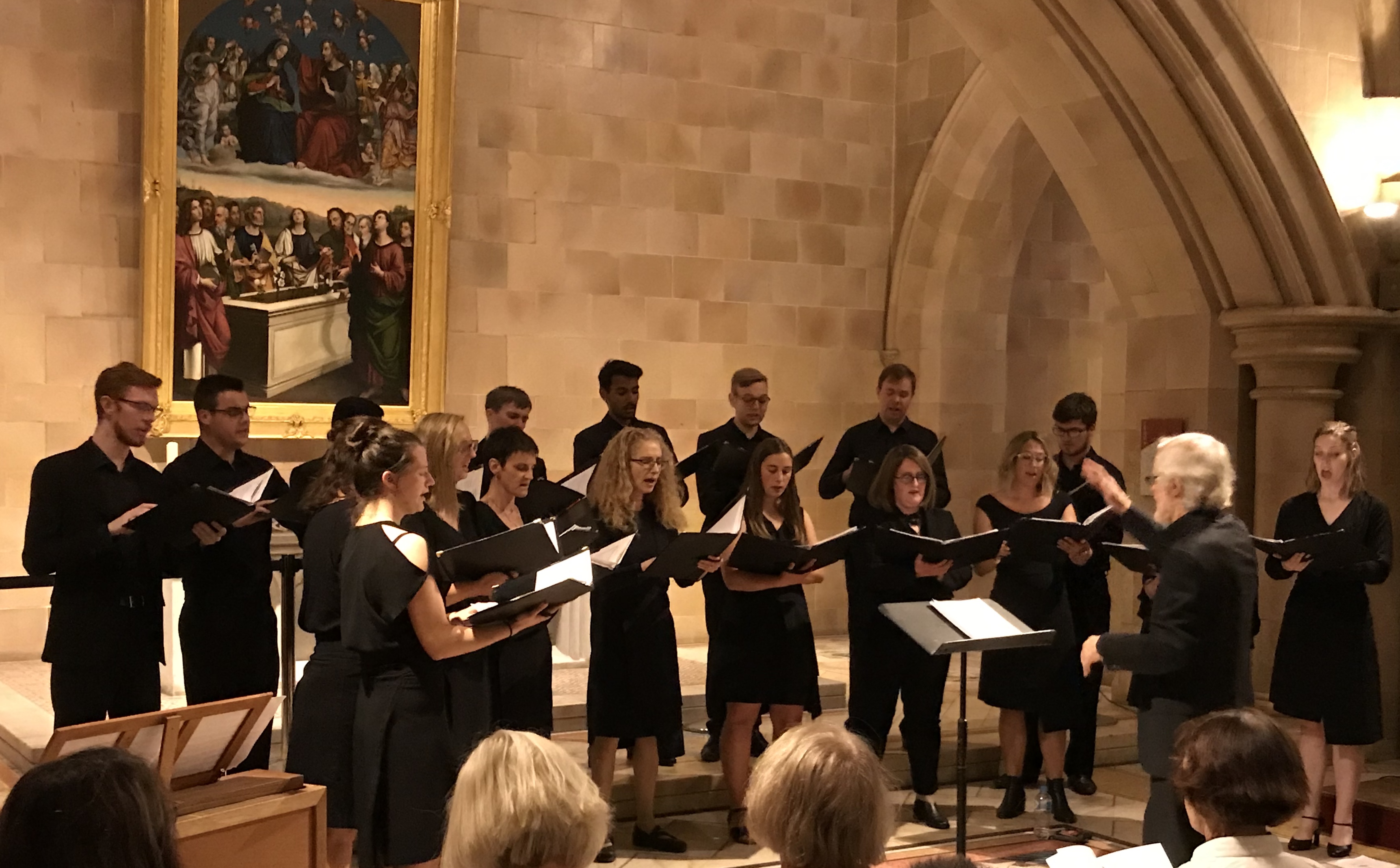Concert Review: Diana Doherty & Streeton Trio
Diana Doherty and Streeton Trio
Musica Viva
City Recital Hall, Sydney
8 March 2021
What’s so special about the oboe? Many things. For one, it is often the first sound you will hear before a concert. Its consistent and incisive tone cuts through the cacophony of the orchestra warming up and is a clarion call to come together at pitch in readiness for the musical pleasures ahead creating excitement and anticipation.
So it’s an extra treat to hear the delights of the oboe in a small, elite ensemble performing bespoke repertoire.
Under the auspices of Musica Viva, Sydney oboe player Diana Doherty was joined by the Streeton Trio comprising violinist Emma Jardine, cellist Umberto Clerici and pianist Benjamin Kopp in an hour-long, interval-free recital performing music by Martinů, Skipworth and Mendelssohn.
Bohuslav Martinů’s Quartet for Oboe, Violin, Cello and Piano H. 315 (1947), is a sunny amuse-bouche in the neoclassical style. Written in two movements whilst he was living in America, the second movement conflates three sections – Adagio, Andante and Poco allegro.
Mendelssohn’s rhapsodic Piano Trio No. 1 in D minor (1839), is reminiscent of many of his other pieces – the lyricism of the Songs Without Words, the powerful pianism of the Rondo Cappriccioso, opus 14, the lightness of A Midsummer Night’s Dream and the rich textures of the Octet opus 20. Written during his Leipzig years and the same year during which he directed a music festival in Düsseldorf, the Piano Trio in D minor is brimming with Romantic aesthetics and was an excellent foil to Martinů’s pared back writing. Written in four movements rather than three, the Streeton Trio gave an impassioned and brilliant performance of this iconic and innovative work which gave new-found eminence to the increasingly present and resonant 19th century piano.
Australian composer Lachlan Skipworth’s (b1982) Oboe Quartet (2020) in three movements received its highly anticipated world premiere in the presence of the composer. The exquisite opening gives way to complex rhythms, an array of colours and a variety of string techniques. There is an especially poignant moment when the oboe and cello engage in a dialogue, joined by the piano, after which the cello is tacet and the violin enters before all four instruments are re-united. As with any new work it takes several hearings to truly appreciate and understand it and to embed it in the memory. At first hearing, Skipworth’s Oboe Quartet is a substantial and eminently listenable piece and I hope it will receive many more performances.
The ensemble was welcomed back for an encore- Brahms’ Rondo alla Zingarese, the fourth movement from the Piano Quartet no 1, with the viola part arranged for oboe by Alexandre Oguey.
A high-octane performance.
Shamistha de Soysa for SoundsLikeSydney ©






